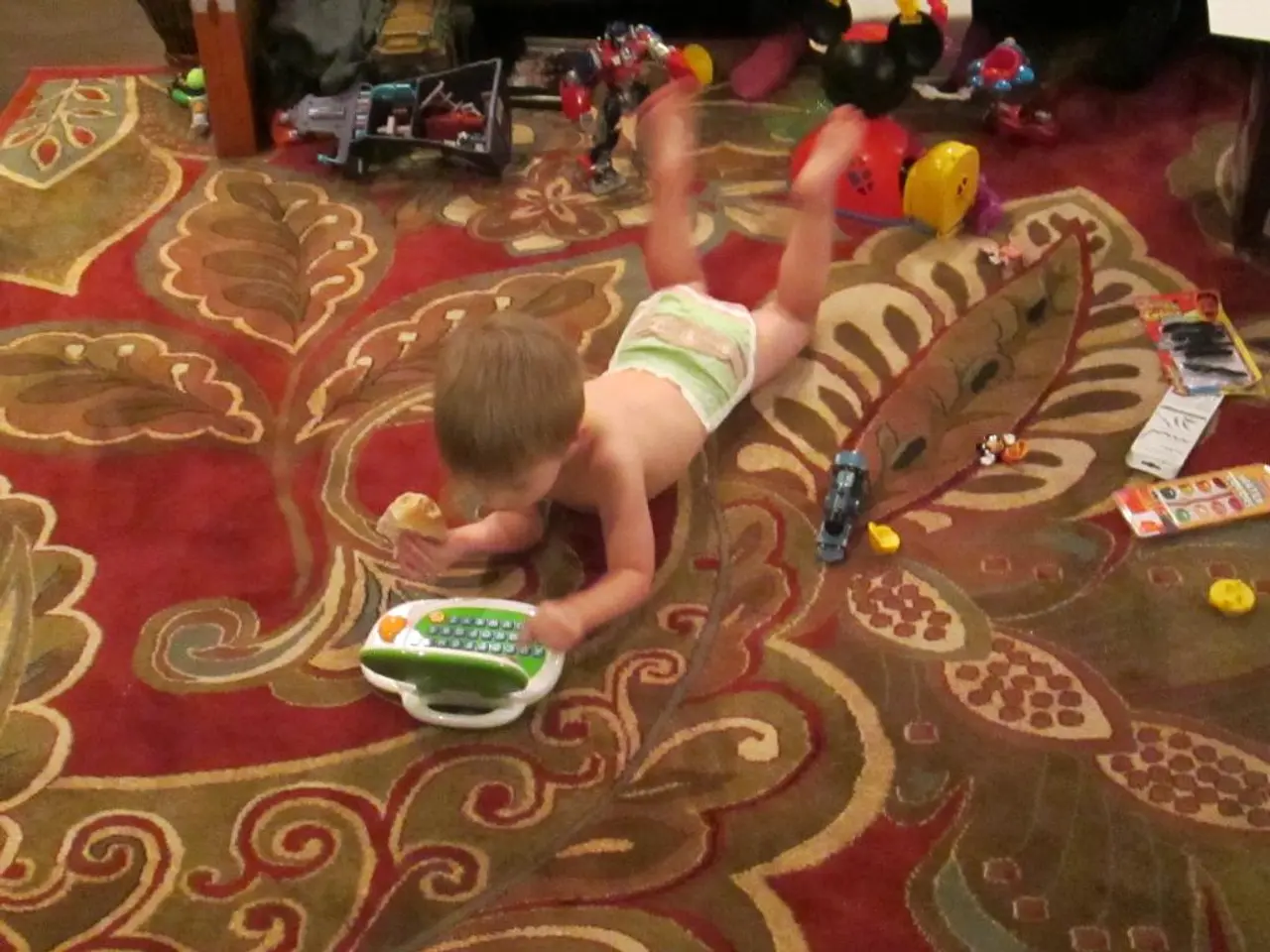Establishing a Peaceful Retreat in Classroom or Home Setting (Relaxation Space)
Creating a Calm-Down Corner for Children: A Comforting Space for Emotional Regulation
A Calm-Down Corner is a designated quiet space for children to manage their emotions, providing them with a safe and comforting environment to self-regulate. This space, also known as a quiet corner, comfort corner, zen place, calm-down area, or peace corner, can be found in homes, classrooms, or therapeutic settings.
To create an effective Calm-Down Corner, consider the following essential elements:
- A Designated Comfortable Place to Sit: A bean bag chair, cushion, soft rug, or floor mat should be provided, ensuring the space is just large enough for one child to promote a sense of personal space and safety.
- Calming Sensory and Tactile Items: Fidget toys, stress balls, plushies, playdough mats, or chewing items can help children self-soothe through tactile stimulation.
- Visual Supports for Emotional Awareness: Emotion charts, feeling faces, or visual schedules can help children recognize and label their feelings, fostering emotional literacy and self-regulation.
- Calming Colors and Visuals: Nature-inspired blues and greens, soft lighting, or calming bottles (glitter jars) can create a peaceful atmosphere.
- Printed Calming Strategies and Guides: Breathing exercises, mindfulness coloring pages, and positive affirmations can encourage coping skills and emotional regulation.
- Headphones or Sound Machines: These can block out distractions or provide soothing sounds for additional sensory regulation.
- Tools for Time Management: Visual timers can help children understand how long to stay in the corner and feel a sense of control over their calming process.
Additional best practices include setting clear rules for use, creating the corner away from busy or noisy areas, limiting the number of children who can use the space at once, and ensuring it is framed as a safe, positive space—not a punishment. Offering choices of comfort items and allowing extended time for children who need it improves inclusivity, especially for children with sensory processing needs or communication challenges.
By using the Calm-Down Corner, children may be able to prevent emotional escalation and increase focus and learning. To introduce this space to children, clear communication, demonstration, positive association, discussing feelings and triggers, establishing guidelines, positive reinforcement, ensuring it's not a time-out spot, getting feedback, and integrating it with daily classroom routine are essential.
The Calm-Down Corner Easy Guide is a valuable resource for practical tips on creating a Calm-Down Corner. To maintain the space regularly, teach and model how to use it, and ask students to help personalize the space. Emotional literacy can be supported by adding materials that help children learn about emotions and develop empathy, such as books or emotion charts. The perfect Calm-Down Corner is a quiet space where kids or students self-regulate and practice healthy coping strategies.
- Integrating science and health-and-wellness principles, a designated Calm-Down Corner can serve as a fitness-and-exercise tool, offering sensory and tactile items like fidget toys and stress balls, promoting mental health and personal growth for children.
- Encouraging parenting best practices, the Calm-Down Corner can provide a supportive environment for parents to help their children manage ADHD symptoms by incorporating visual supports, calming colors, and tools for time management.
- In the realm of education-and-self-development, educators can leverage the Calm-Down Corner to foster a peaceful learning environment, enabling students with diverse needs to develop emotional literacy, self-regulation, and improved focus.
- By extending the Calm-Down Corner concept to mental-health therapy, tools such as breathing exercises, mindfulness coloring pages, and positive affirmations can facilitate emotional regulation and self-care practices, ultimately enhancing an individual's overall wellbeing.




